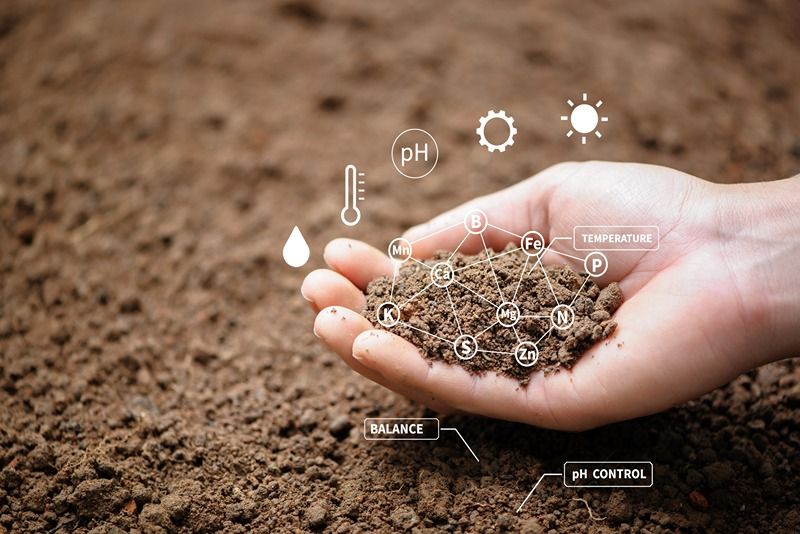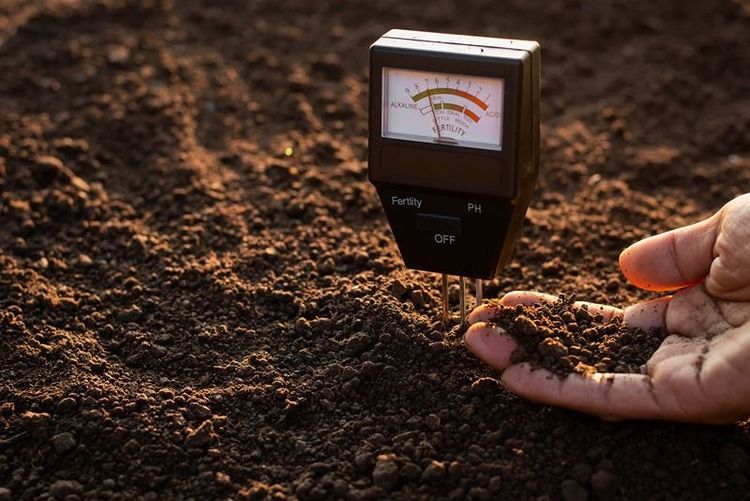Galvalume steel is used to harness solar power because it is coated with an aluminium-zinc alloy that protects it from corrosive elements like moisture, UV radiation, and atmospheric pollutants. The alloy-coated product contains 55% aluminium, 43.5% zinc, and 1.5% silicon by weight. Zinc also has self-healing properties that protect the steel underneath from corroding. This product has better oxidation resistance and can withstand temperatures up to 315 degrees Celsius without discolouration. Galvalume is beneficial because it is lightweight and has low thermal mass, so it dissipates heat efficiently. This helps to manage the temperature of photovoltaic (PV) modules, which improves their performance and longevity—interested in more insights? Register now for exclusive updates!
Methods for anchoring steel support structures for solar panels
- Concrete footings anchor the steel support posts. Galvalume sheets or coils undergo surface treatments like coating or painting. Depending on design requirements, the galvalume components may need to be bent or formed into supporting structures such as rails, brackets, or clamps. The size and depth of the footings depend on factors such as soil-bearing capacity and wind load requirements.







 +91 7208055523
+91 7208055523
 Help & support
Help & support
